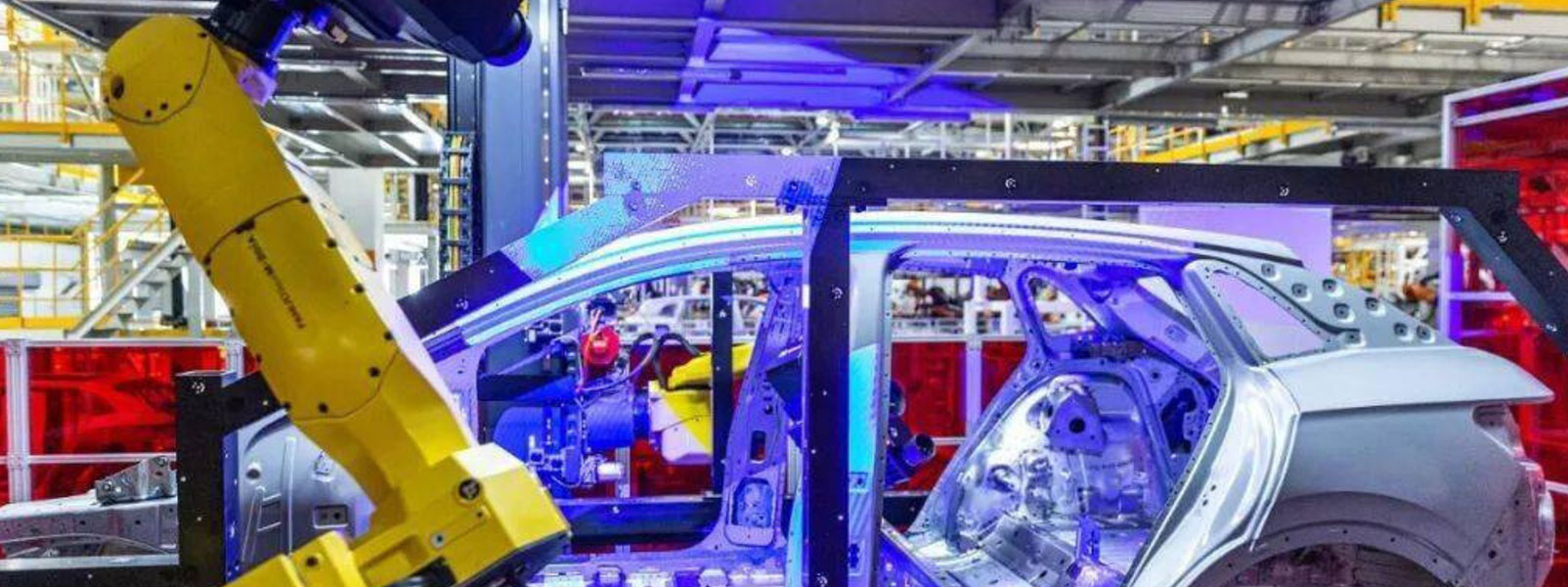Large Automotive Part Inspection Automation for a Global Automotive Company

The client is a global automotive company, manufacturing a range of large metal components such as doors, bonnets, and other body parts for vehicles. These parts are essential to the structural integrity and aesthetic appeal of their products. Quality control plays a critical role in their production process, ensuring that defects are detected and resolved before the parts move to the painting stage. Historically, the company relied on manual inspection methods, which were time-consuming, error-prone, and inefficient.
Given the increasing demand for high-quality products and the scale of their production, the client sought to automate their inspection process using an AI-based machine vision system. This would eliminate the inefficiencies of manual inspection and reduce the financial impact caused by defective parts being scrapped.
We designed a comprehensive AI-based machine vision system that leveraged multiple cameras and a two-phase lighting system to meet the client’s complex inspection requirements.
Increased Inspection Speed
The automated system significantly reduced inspection time by enabling real-time detection of defects, allowing hundreds of parts to be inspected per hour. This replaced the time-consuming manual process, which previously limited throughput and led to production bottlenecks.
Improved Accuracy and Defect Detection
The system was able to detect even the smallest defects, as small as 0.2 mm, across large, curved, and multi-angled surfaces. With the high-resolution cameras and the two-phase lighting system, the system successfully identified defects such as hairline scratches, splits, holes, and extra threadings with exceptional accuracy, minimizing false positives and false negatives.
Consistent and Reliable Inspection
The automation of the inspection process ensured consistent quality control across all parts, eliminating human error and variability in defect detection. The system’s AI algorithms performed at a high level of reliability, maintaining accuracy regardless of the operator or production conditions.
Scalable Solution for Future Growth:
The system was designed to be scalable, enabling the client to easily adapt it for new parts or increasing production demands. The modular design and adaptability of the AI algorithms ensure that the solution can evolve alongside the client’s growing operational requirements.
Cost Savings and Increased Efficiency:
The reduction in manual labor, combined with the prevention of defective parts from advancing in the production line, resulted in significant cost savings. The automated system also improved operational efficiency by streamlining the inspection process and enabling the client to meet production deadlines more effectively.
In summary, the AI-based machine vision system provided the client with a faster, more efficient, and highly accurate inspection process that not only reduced costs but also enhanced product quality, resulting in long-term operational improvements and financial benefits.
©2025 Intelgic Inc. All Rights Reserved.